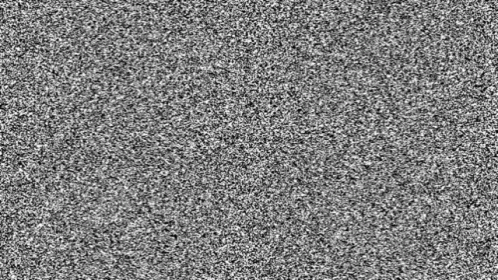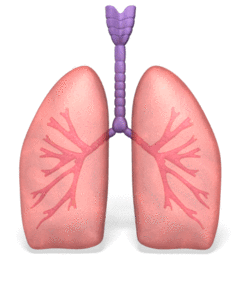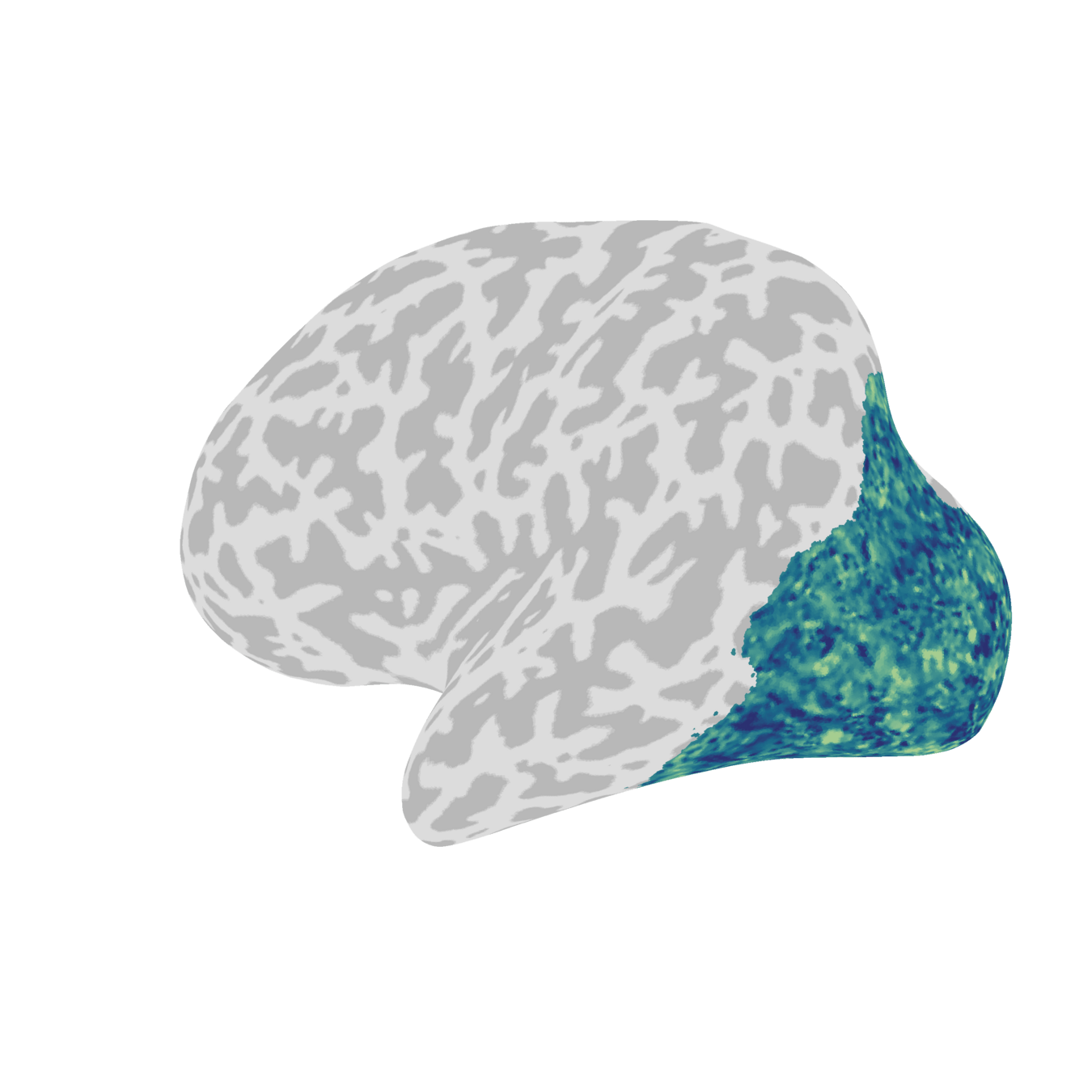1
2, 1
1


light enters your eyes
1
signals travel to visual cortex
2
cortical processing
3
perceptual experience
4

How can we understand visual representations?

How can we understand visual representations?
“ambient”
dimensions
- single neurons
- voxels from fMRI
- EEG/MEG sensors
- abstract dimensions

neural response
stimulus

vector of neuron responses
neuron 1
neuron 4
neuron N
...
How can we understand visual representations?





all axes are orthogonal (90°)
neuron 2
neuron 1
neuron 3
neuron 4
...
neuron N




neuron 2
neuron 1
neuron 3
neuron 4
...
neuron N

has many people
has no people
A common approach is to study latent dimensions.
“latent”
dimension
How can we understand visual representations?
all axes are orthogonal (90°)
A common approach is to study latent dimensions.



“animacy” dimension in human visual cortex
A common approach is to study latent dimensions.
“food” dimension in human visual cortex




A common approach is to study latent dimensions.
66 dimensions of mental object representations (inferred from behavioral data)
A common approach is to study latent dimensions.
When does this approach make sense?
data manifold spans a low-dimensional subspace
data spans both ambient dimensions
data lives in a 1-D subspace










“latent dimension”
A common approach is to study latent dimensions.
When does this approach make sense?
A common approach is to study latent dimensions.
When does this approach make sense?

Catalog all the latent dimensions!
data manifold spans a low-dimensional subspace





- remove noise
- visualize data
- extract salient patterns
“ [...] the topographies in ventrotemporal cortex (VTC) that support a wide range of stimulus distinctions [...] can be modeled with 35 basis functions”
The visual code is found to be low-dimensional.



“Thus, our fMRI data are sufficient to recover semantic spaces for individual subjects that consist of 6 to 8 dimensions.”

The visual code is found to be low-dimensional.
The visual code is found to be low-dimensional.


66 dimensions
Principal Component Analysis
Non-negative Matrix Factorization
Sparse Positive Similarity Embedding
| dimensions | stimuli | system | method | |
|---|---|---|---|---|
| Haxby et al. (2011) | 35 | movies | human ventrotemporal cortex | PCA |
| Huth et al. (2012) | 6-8 (4 shared) | movies | human cortex | PCA |
| Lehky et al. (2014) | 60 (~87 estimate) | objects | macaque inferotemporal cortex | PCA |
| Tarhan et al. (2020) | 5 | visual actions | human cortex | k-means |
| Hebart et al. (2020) | 49 | objects | human behavior | SPoSE |
| Khosla et al. (2022) | 20 (5 reliable) | scenes | human ventral visual stream | NMF |
| Hebart et al. (2023) | 66 | objects | human behavior | SPoSE |
The visual code is found to be low-dimensional.
A lot of converging evidence that visual representations are low-dimensional across stimuli, species, and methods
~87 dimensions of object representations in monkey inferotemporal (IT) cortex
“A progressive shrinkage in the intrinsic dimensionality of object response manifolds at higher cortical levels might simplify the task of discriminating different objects or object categories.”
Computational goal of cortex: compress dimensionality.



Previous work has found that dimensionality is bounded.
neural representations
mental representations
What if dimensionality doesn't saturate with dataset size?


But high-dimensional codes have benefits too.

high representational capacity, expressive
makes learning new tasks easier

Could visual representations be more high-dimensional than previously found?


We now have very large-scale, high-quality datasets.
Outline of today's talk
Visual cortex representations are high-dimensional.
1
They are self-similar over a huge range of spatial scales.
2
The same geometry underlies mental representations of images.
3
Gauthaman, Menard & Bonner, in preparation


8 subjects

7 T fMRI

"Have you seen this image before?"
continuous recognition


Credit: NordicNeuroLab
fMRI
functional magnetic resonance imaging

resolution
~1 mm
~3 s
coarse measure of neural activity
Ideal dataset to characterize dimensionality

-
very large-scale
-
naturalistic stimuli
-
complex scenes
How can we estimate dimensionality?
- same geometry
- new perspective

rotation
Principal Component Analysis
rank 1
rank 2
latent dimensions

ambient dimensions

high variance
low variance
Key statistic: the covariance spectrum

latent dimensions sorted by variance

variance along the dimension

- logarithmic scales
- multiple orders of magnitude
low-dimensional code
high-dimensional code
no variance along other dimensions
variance along many dimensions
"core subset" of relevant dimensions
Key statistic: the covariance spectrum



variance along each dimension




Should we just apply PCA?

stimulus-related signal

trial-specific noise
generalizes
... across stimulus repetitions
... to novel images
trial 1
trial 2




neurons (or) voxels
stimuli
Learn latent dimensions
Step 1
Step 2
Evaluate reliable variance


If there is no reliable signal in the data, expected value = 0
Cross-decomposition measures stimulus-related signal.
The math of cross-decomposition
the (cross-)covariance matrix
its singular value decomposition
"splitting a matrix into the sum of rank-1 matrices"
The math of cross-decomposition
- Procrustes
- PLS-SVD (Partial Least Squares Singular Value Decomposition)
- hyperalignment (Haxby et al., 2011)
- the optimal rotation that aligns X to Y
- preserves geometry (shape; spectrum)
- "spectral decomposition of the cross-covariance"

PCA vs cross-decomposition

logarithmic binning + 8-fold cross-validation

... but cross-decomposition
has an expected value of 0.

PCA
cross-decomposition
If there is no stimulus-related signal

The covariance is normalized by the number of voxels.

The spectrum depends on the size of the dataset.
Our cross-validated covariance spectra

reliable variance on the test set
latent dimensions sorted by variance on the training set


Our cross-validated covariance spectra


vs

binned logarithmically to increase SNR

Visual cortex has power-law covariance spectra.


-
Not limited to a “core subset”
All dimensions are used, but weighted differently
-
Scale-free
All dimensions have variance distributed in the same way
-
No evidence of a break
More data, more dimensions?
Visual cortex has power-law covariance spectra.


artifact of analyzing a large ROI?
High-dimensional across multiple levels of the visual hierarchy




| dimensions | stimuli | system | method | |
|---|---|---|---|---|
| Huth et al. (2012) | 6-8 (4 shared) | movies | human cortex | PCA |
| Khosla et al. (2022) | 20 (5 reliable) | scenes | human ventral visual stream | NMF |
Is this high-dimensional structure shared across people?
vs


reliable, and shared
reliable, but idiosyncratic


Cross-decomposition still works!
generalizes
... across stimulus repetitions
... to novel images
... across participants
subject 1
subject 2




neurons (or) voxels
stimuli
Learn latent dimensions
Step 1
Step 2
Evaluate reliable variance



Functional – not anatomical – alignment is required

Cross-individual covariance spectra


Shared high-dimensional structure across individuals











reliable, and shared
Are these spectra just an artifact of the method used?
No, they represent real high-dimensional signal!






Visual cortex representations are high-dimensional.
1
vs




vs
striking universality across individuals


high-dimensional
power-law covariance

Similar power-law spectra in mouse V1
- calcium imaging
- 10,000 neurons
- 2,800 natural images


6 mice
calcium imaging
~10,000 V1 neurons
~2,800 natural images
Similar power-law spectra in mouse V1
Similar neural population statistics
- in different species,
- across imaging methods,
- at very different resolutions.
Why does this happen?

also shared across individuals!



Outline of today's talk
Visual cortex representations are high-dimensional.
1
They are self-similar over a huge range of spatial scales.
2
The same geometry underlies mental representations of images.
3
Gauthaman, Menard & Bonner, in preparation
Learn latent dimensions
Step 1
Each is a linear combination of voxels
voxel 1
voxel 4
voxel N
...

Latent dimensions are spatially distributed on cortex.
low-rank
high-rank

1
10
100
1,000
large spatial scale
small spatial scale
Latent dimensions are spatially distributed on cortex.
They show a rank-dependent spatial pattern.

1

30 mm
Latent dimensions are spatially distributed on cortex.
We can measure the characteristic spatial scale of each latent dimension.


human
mouse
10,000 neurons
primary visual cortex (V1)


Variance is distributed consistently over spatial scales.


human
mouse

Most variance in the data is on large spatial scales.


1-D Fourier basis
2-D Fourier basis
Reminiscent of a Fourier basis ...

V1 correlation functions are ~translationally invariant

Answer: when data are translationally invariant
When do latent dimensions look like a Fourier basis?




number of neurons in human V1

spacing between neurons
a code that leverages all latent dimensions
Spatial scale: a potential organizing principle?

- Most variance in the data is on large spatial scales, in both humans and mice
- Even low-resolution imaging should capture most of the variance in the data
Coarse-graining should preserve covariance spectra.
spatial binning

high-resolution data
simulated low-resolution data



V1 is self-similar over a wide range of spatial scales.
2
High-resolution neuroimaging probes low-variance dimensions
Invariance to spatial scale explains similar findings across fields
Outline of today's talk
Visual cortex representations are high-dimensional.
1
They are self-similar over a huge range of spatial scales.
2
The same geometry underlies mental representations of images.
3
Gauthaman, Menard & Bonner, in preparation



The THINGS initiative: same stimuli, many datasets

~26,000 images
1,854 categories
nameable, picturable nouns
The THINGS database has many diverse object categories.

What is the dimensionality of these neural representations of objects?
A large-scale fMRI dataset was collected on these objects.
Objects also evoke high-dimensional representations!
We replicate our earlier findings in the Natural Scenes Dataset.


increasingly abstract object representations



Which is the odd-one-out?
Large-scale similarity judgments were also collected.

Large-scale similarity judgments were also collected.
... and used to learn an embedding capturing the mental representations
that participants use when performing the odd-one-out task

Sparse Positive Similarity Embedding


Mental representations appear low-dimensional.
What is the underlying structure of these mental representations?

Covariance decays as a power-law
Latent dimensions have significant correlations
Mental representations have a power-law spectrum too!

There are power-law spectra in both cortical and behavioral data, but are they the same underlying representation?
How are neural and mental representations related?



generalizes
... to novel images
... across experiments
mental
neural




neurons (or) voxels
stimuli
Learn latent dimensions
Step 1
Step 2
Evaluate reliable variance


Cross-decomposition still works!
Systematic increase in shared dimensionality between neural and mental representations!
How are neural and mental representations related?



increasingly abstract object representations
Only 66 dimensions of mental representations were detected.
Why are mental representations so low-dimensional?


Scaling up the dataset doesn't help much!

49-D to 66-D
A potential cause: task complexity?
Why are mental representations so low-dimensional?




between-category triplets
(only coarse distinctions required)
within-category triplets
(fine distinctions required)
also has power-law covariance structure
Can we increase dimensionality using harder triplets?
coarse distinctions



fine distinctions

VGG-16 deep neural network

Can we increase dimensionality using harder triplets?

?
DNN

Yes, object representations increase in dimensionality when a DNN is forced to learn a more difficult task.
Can we increase dimensionality using harder triplets?
Visual cortex representations are high-dimensional.
1
They are self-similar over a huge range of spatial scales.
2
The same geometry underlies mental representations of images.
3


power-law covariance spectra
shared across subjects
remarkably similar across species
invariant to spatial scale



shared neural and mental representations
higher ranks encode finer distinctions
Thank you!

















The Bonner Lab
The Isik Lab

The research presented in this dissertation was supported in part by a
- Johns Hopkins Catalyst Award to Michael F. Bonner,
- Institute for Data Intensive Engineering and Science Seed Funding to Michael F. Bonner and Brice Ménard, and
- grant NSF PHY-2309135 to the Kavli Institute for Theoretical Physics.

“Thank you for paying us to do
what we would gladly pay to do.”
– S P Arun, Vision Lab, Indian Institute of Science













Discussion
Emerging evidence supports a high-dimensional view.
across species, in systems neuroscience


artificial neural networks
Emerging evidence supports a high-dimensional view.
out-of-distribution classification accuracy
adversarial robustness

Emerging evidence supports a high-dimensional view.
outside the visual system

prefrontal cortex
hand kinematics


Catalog all the latent dimensions!
Understand the generative mechanisms!
Not helpful to interpret every latent dimension
Cognitive visual neuroscience needs new approaches.
We want theory!
Cognitive visual neuroscience needs new approaches.
trial 1
trial 2




neurons (or) voxels
stimuli


Limitations of cross-decomposition:
- linear view of the system
- second-order (Gaussian) description
- not informative about visual features
We need new tools:
- nonlinear dimensionality metrics
- information-theoretic metrics
- ???

Standard methods are insensitive to high-dimensional structure.
Potential future directions






More variety in
- species
- neuroimaging techniques
- subject populations
For example,
- Are kids' representations more low-dimensional?
- What about patients with visual agnosia?

Potential future directions
- Are there systematic variations across regions of the brain?
- Does this generalize to other sensory or cognitive systems?

Potential future directions
also has power-law covariance structure
Using artificial vision systems to study the role of dimensionality, especially with causal manipulations
deep neural network
Potential future directions
How are other scale-free aspects of cortex
- spatial organization
- temporal signals
- connectivity patterns
related to the scale-free representations we find here?



Chihye (Kelsey) Han

Are humans behaviorally sensitive to low-variance visual information present in the tail of the spectrum?
Individual differences in vision are high-dimensional.
FAQs
How much information about the stimulus can be encoded?
- animate vs inanimate
- stubby/boxy vs thin/elongated
How stable is the representation to irrelevant perturbations?
- invariant recognition
- smoothness of the code
low-D
high-D
Why is dimensionality a useful measure?
robustness
expressivity

Power-law index* of −1: a critical point
Is the power law simply due to stimulus statistics?

Why should we care about low-variance dimensions?
i love sci-fi and am willing to put up with a lot. Sci-fi movies/tv are usually underfunded, under-appreciated and misunderstood. I tried to like this, I really did, but it is to good tv sci-fi as babylon 5 is to star trek (the original). Silly prosthetics, cheap cardboard sets, stilted dialogues, cg that doesn't match the background, and painfully one-dimensional characters cannot be overcome with a'sci-fi'setting. (I'm sure there are those of you out there who think babylon 5 is good sci-fi tv. It's not. It's clichéd and uninspiring.) while us viewers might like emotion and character development, sci-fi is a genre that does not take itself seriously (cf. Star trek). [...]
i love and to up with a lot. Are, and. I to like this, I really did, but it is to good as is to (the).,,, that doesn't the, and characters be with a''. (I'm there are those of you out there who think is good. It's not. It's and.) while us like and character, is a that does not take [...]
What are these latent dimensions encoding?





Where can I learn more about this fascinating stuff? ;)










